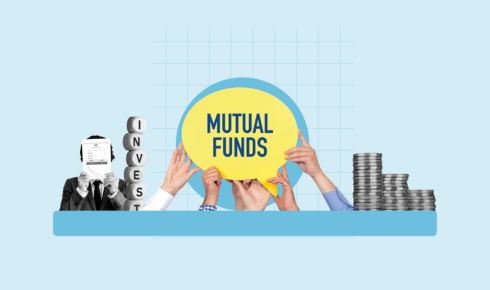In the context of trading, leverage stands out as one of the most potent instruments available to investors. But with great power comes great responsibility, right? That’s where CFD trading comes in. CFD, or Contract for Difference, is a financial instrument that allows traders to speculate on the price movements of various assets without actually owning them. It’s like betting on the outcome of a sports game, but instead of teams, you’re betting on the rise or fall of stocks, currencies, or commodities. Sounds exciting, doesn’t it? But before you dive in headfirst, let’s break down the concept of CFD leverage, its risks, and the potential rewards that come with it.
Understanding Leverage in CFD Trading
Leverage is essentially borrowing money to increase your trading power. Imagine you have $1,000 and you want to buy a stock that costs $10,000. Without leverage, you’d only be able to buy $1,000 worth of that stock. But with a 10:1 leverage ratio, you can control $10,000 worth of the stock with just your initial $1,000. This magnifies your potential gains, but also your potential losses.
The Role of Margin
To use leverage, you’ll need to deposit an initial margin with your broker. This is a percentage of the total trade value and acts as a form of collateral. If the market moves against your position, your broker may require you to deposit more funds, known as a margin call, to cover potential losses. If you can’t meet the margin call, your position may be closed at a loss.
Risks of CFD Leverage
The risks associated with CFD trading and leverage are significant. The most obvious is the potential for substantial losses. Since your position is magnified, a small market movement can lead to a large loss. Additionally, leverage can lead to emotional trading, as the fear of losing a large amount of money can cloud your judgment.
Rewards of CFD Leverage
On the flip side, the rewards can be substantial. With the right strategy and a bit of luck, leverage can amplify your gains significantly. It allows you to participate in larger trades than you could with your own capital, opening up opportunities in various markets.
Managing Risk with Stop Loss Orders
One way to manage the risks of CFD trading is by using stop loss orders. These are instructions to your broker to close your position if it reaches a certain loss level. This can help limit your potential losses and protect your capital.
Diversification and Position Sizing
Another key to successful CFD trading is diversification and proper position sizing. Don’t put all your eggs in one basket. Spread your investments across different assets to reduce risk. And always size your positions according to your risk tolerance and capital.
Education and Practice
Before diving into CFD trading with leverage, it’s crucial to educate yourself. Understand the markets, the assets you’re trading, and the mechanics of CFDs. Practice with a demo account to get a feel for the platform and the risks involved.
Conclusion
CFD trading with leverage can be a double-edged sword. It offers the potential for high rewards but also carries significant risks. By understanding the mechanics, managing your risk, and staying educated, you can navigate the world of CFD trading and potentially reap the benefits. Remember, it’s not just about making money; it’s about making smart, informed decisions.
Understanding CFD Leverage – Risks and Rewards Explained

You must be logged in to post a comment.















+ There are no comments
Add yours